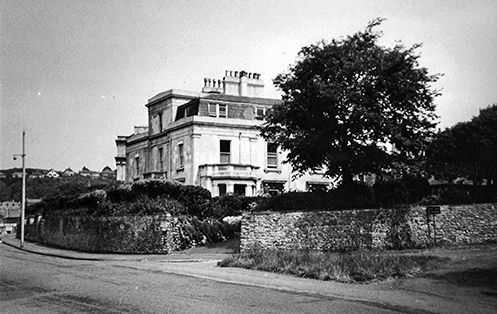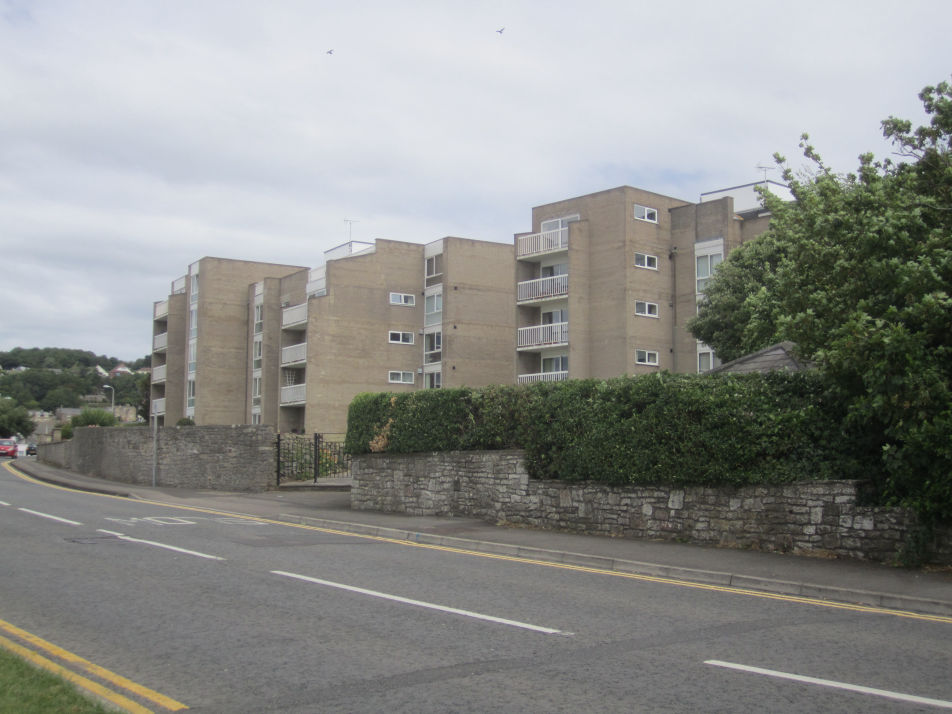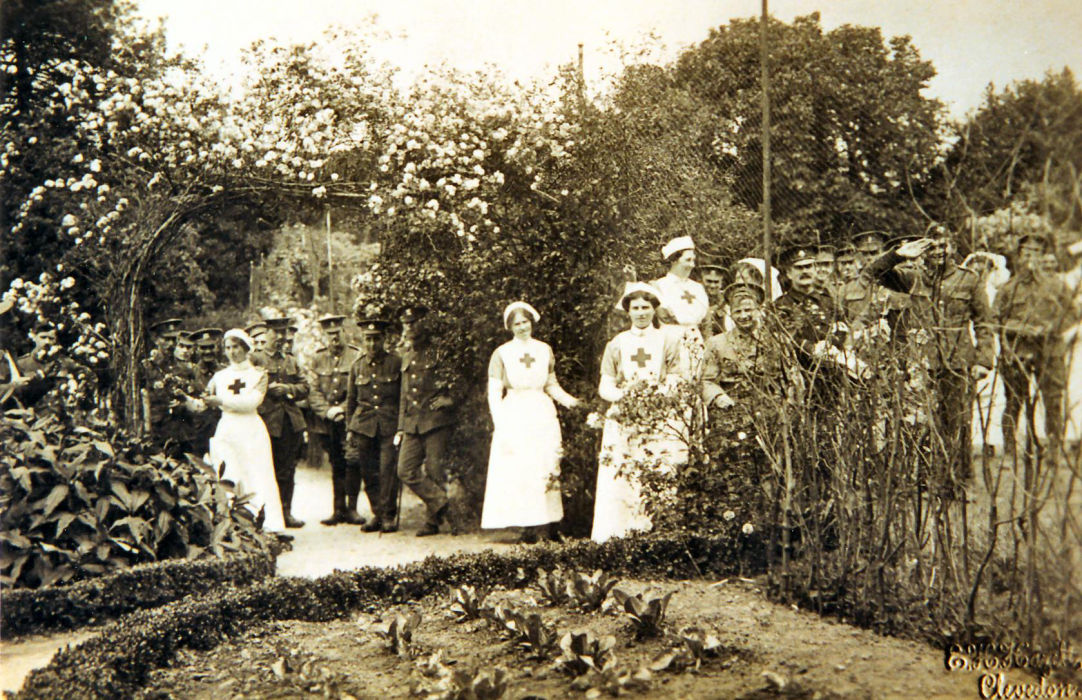During 1916 the garage and coach house were converted into a billiard room, gymnasium and reading room, known to the patients as the 'Dugout'.
The tennis pavilion was converted to an open air ward, which proved very beneficial for the outdoor treatment of patients; very soon their numbers had increased to over eighty. During 1916 the garage and coach house were converted into a billiard room, gymnasium and reading room, known to the patients as the 'Dugout'.
Inside the building during the same year electric & whirlpool baths were installed at great expense and were in constant use, and in conjunction with the hospitals trained masseuses produced some excellent results in the treatment of trench foot and shell shock.
By 1917 a large Marquee had been erected in the gardens to improve dining facilities and enabled the number of beds to be increased from 80 to 120.
This was still not enough so in addition to the main building, The Grange, corner of Hallam Road & Victoria Road, was rented from Mr. Hancock of The Salthouse, on very favourable terms, and was known as the annexe, being at the time proudly linked together by telephone.
Six wards, with forty beds, dispensary, kitchen, dining room and recreation room were appointed.


